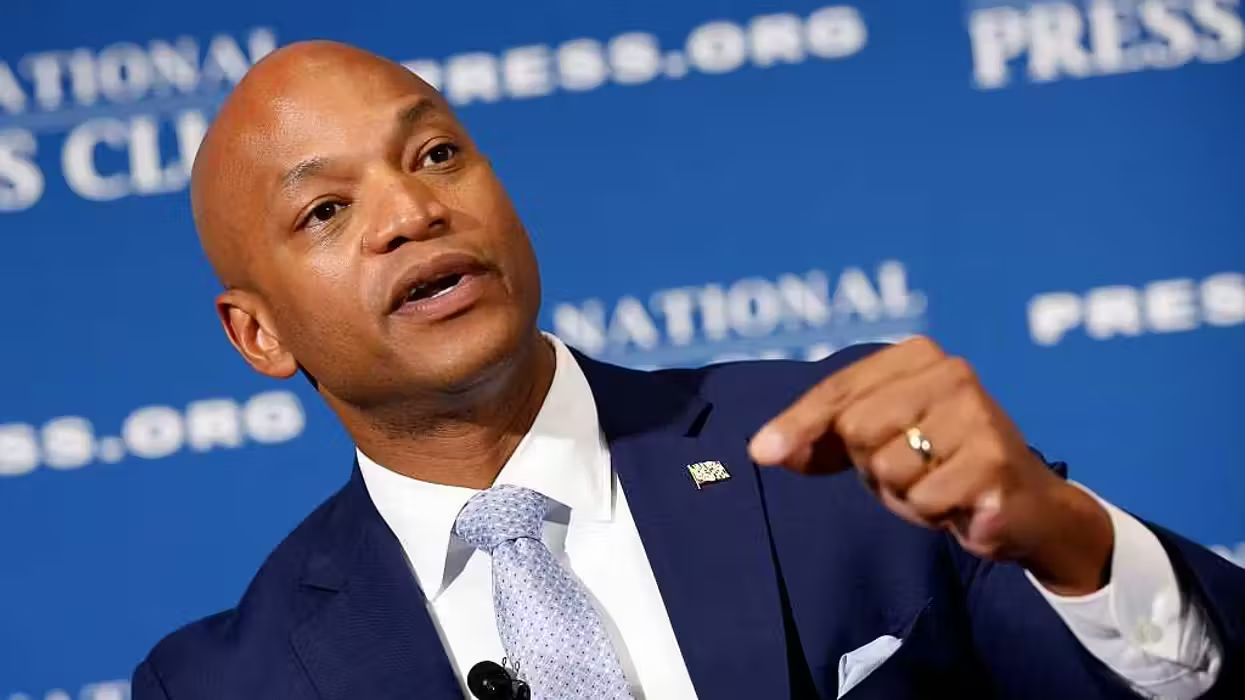Behold, the welfare queen has risen from the dead!
Timeworn by Ronald Reagan’s rhetoric and Bill Clinton’s work-for-welfare reforms, the political trope of a crafty freeloader gaming government aid to live high off the hog had all but disappeared from American politics over the past two decades. However, the old diva has been making a comeback over the past few months. From November to December 2013 alone, Google Search queries for “welfare queen” have nearly doubled.
So, who’s the culprit behind the tattered metaphor’s sudden resurgence? The answer will surprise you.
 In this Aug. 1, 2013, photo, a "Now Hiring" sign hangs in front of a new McDonald's restaurant under construction in Tempe, Ariz. Photo Credit: Ross D. Franklin/AP
In this Aug. 1, 2013, photo, a "Now Hiring" sign hangs in front of a new McDonald's restaurant under construction in Tempe, Ariz. Photo Credit: Ross D. Franklin/AP
Rather than the Cold War conservatives that originated the phrase, the tale of the welfare queen is now being trumped by liberals to describe corporations like McDonald’s that pay minimum wage and rely on government aid like food stamps to pick up the tab for their employees’ remaining living expenses.
One recent study by University of California Berkeley’s Labor Center found that 52 percent of front-line fast-food workers are on welfare, costing taxpayers a whopping $7 billion a year. As a result, left-leaning politicians like New York City’s Bill DeBlasio have seized upon these facts to argue for raising the minimum wage to relieve American governments’ welfare rolls. As the newly christened mayor put it, “If we’re subsidizing companies, we have every right to demand a living wage for the people they pay.”
This line of reasoning sounds oddly conservative despite coming from a liberal’s mouth.
[sharequote align="center"]This line of reasoning sounds oddly conservative despite coming from a liberal’s mouth.[/sharequote]
After all, reducing welfare recipients’ strain on the American taxpayer has been a Republican talking point for ages. Could congressional Democrats successfully raise the minimum wage to President Obama’s proposed $10.10 per hour by talking up the fiscal burden corporate welfare queens place on the public dime?
Unfortunately for our liberal friends, these harsh facts don’t destroy the case for raising the minimum wage per se. After all, economists generally agree that raising the minimum wage reduces jobs.
One 2006 literature review by the nonpartisan Canadian Policy Research Network, for example, concluded that most major studies find “the minimum wage is generally harmful to teenage, and to a large extent, youth employment.” It’s Economics 101. Raising the price of a good (labor) decreases demand (jobs).
 WASHINGTON, DC - FEBRUARY 12: Workers celebrate after U.S. President Barack Obama signed an executive order to raise the minimum wage for federal contractors from $7.25 to $10.10 during an East Room event February 12, 2014 at the White House in Washington, DC. President Obama spoke on the importance of raising the federal minimum wage for all workers' at the event. Alex Wong/Getty Images
WASHINGTON, DC - FEBRUARY 12: Workers celebrate after U.S. President Barack Obama signed an executive order to raise the minimum wage for federal contractors from $7.25 to $10.10 during an East Room event February 12, 2014 at the White House in Washington, DC. President Obama spoke on the importance of raising the federal minimum wage for all workers' at the event. Alex Wong/Getty Images
Liberals like DeBlasio may worry that failing to enact a living wage, while preserving more job opportunities, will leave millions in poverty with little hope for upward mobility. However, the federal government’s own data paints a very different portrait of the typical minimum wage earner.
According to the Bureau of Labor Statistics, 50.6 percent of minimum wage earners are between the ages of 16 and 24, usually living as dependents. Another 31.2 percent are adults living with a spouse. In short, the majority of minimum wage earners are not the only breadwinners in their household.
Yet, even those who are solely reliant on the minimum wage’s $15,000 a year don’t stay at the floor for long. One joint study by Miami University and Florida State University found that two-thirds of minimum wage earners receive a raise within a year.
Proponents of a minimum wage hike have their heart in the right place, both in their concern for the living standards of America’s low-income earners and the burden that taxpayers carry on behalf of corporate welfare queens. However, the road to hell is paved with good intentions. Raising the minimum wage will only make life more difficult for millions of young and low-income Americans struggling to start a career in the down economy.
Casey Given is an editor and political commentator at Young Voices, a startup aimed at promoting Millennials' voice in the media.
–
TheBlaze contributor channel supports an open discourse on a range of views. The opinions expressed in this channel are solely those of each individual author.

 In this Aug. 1, 2013, photo, a "Now Hiring" sign hangs in front of a new McDonald's restaurant under construction in Tempe, Ariz. Photo Credit: Ross D. Franklin/AP
In this Aug. 1, 2013, photo, a "Now Hiring" sign hangs in front of a new McDonald's restaurant under construction in Tempe, Ariz. Photo Credit: Ross D. Franklin/AP






